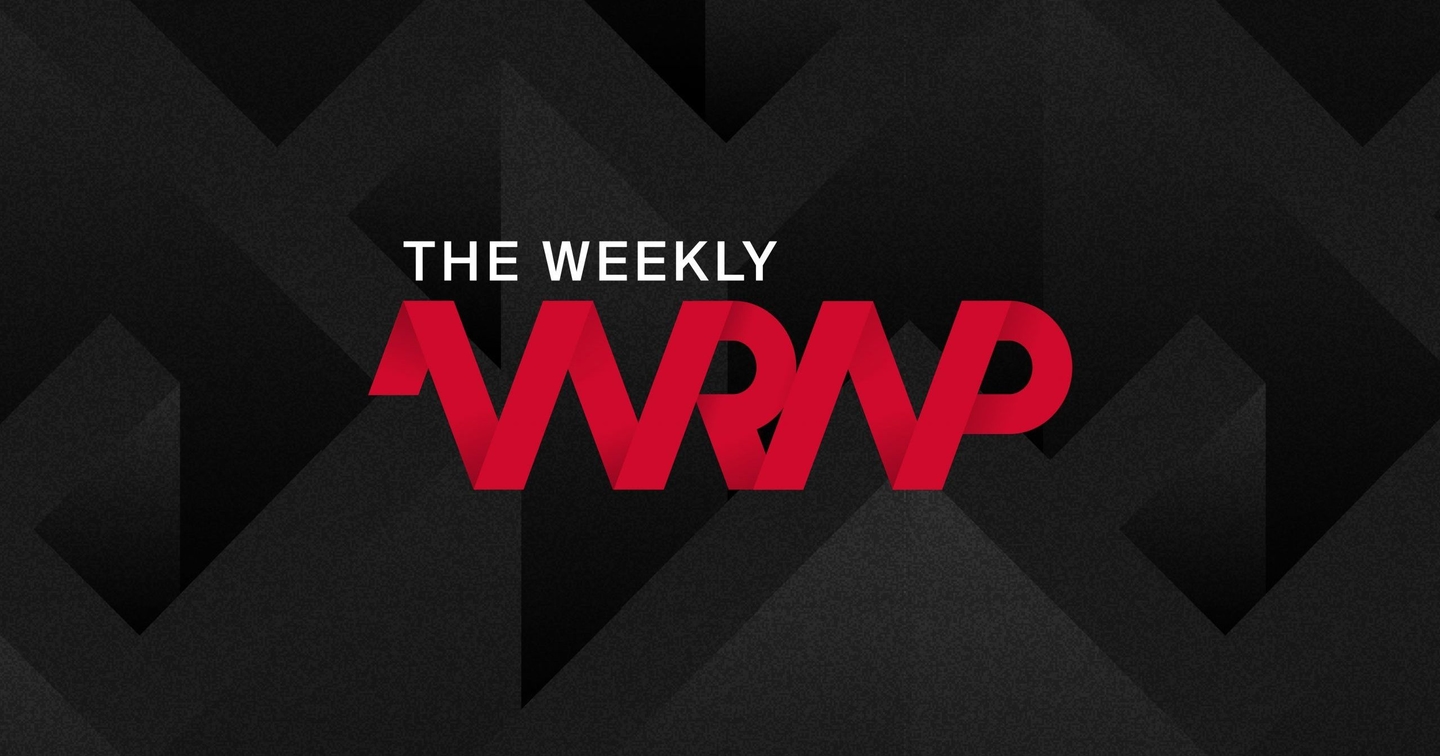
Microstrategy’s BTC play, MiCA legislation passed and Societe Generale’s Euro stablecoin

1. Microstrategy’s Bitcoin play in a fiat world
The Facts:
- Microstrategy became famous through its former CEO and now chairman Michael Saylor, after continuously investing in and accumulating large sums of BTC, with the most recently available annual report indicating that more than 80% of the firms value is made up of BTC.
- More notable however, is how the firm not only became a popular proxy that avoids holding BTC directly, but which investors are found on the list of large Microstrategy (MSTR) shareholders, and the implications we can make from it.
- Amongst notable TradFi actors that are listed as the largest shareholders of MSTR stock are traditional banking institutions such as Bank of America, Citigroup, Bank of NY Mellon, Barclays and the National Bank of Canada, next to investment firms such as Vanguard, Blackrock, Morgan Stanley and others.
Our Take:
- With a physical BTC ETF still being absent in the U.S., observing which corporations choose to hold direct BTC proxies can be seen as an endorsement and motivation to get BTC exposure on their behalf.
- Many companies and traditional financial institutions are regulatorily prohibited from directly holding BTC on their balance sheet, while accounting rules make it unattractive on top.
- Therefore many companies opt to invest and hold BTC proxies such as MSTR, which grant BTC exposure indirectly through its stock since almost the entirety of the underlying firm value is made up of actual BTC holdings.
- The fact that many notable TradFi banks chose to become major shareholders in an ordinary IT service company, very likely for its BTC exposure, shows that investing in BTC is in demand.
- The workaround and current path of investing in BTC is likely chosen, as direct BTC investments are prohibited for certain entities, while a physical BTC ETF is being denied.
- Furthermore, in an inflationary fiat environment, where the U.S.’s debt servicing cost is growing rapidly, also due to rising interest rates, even TradFi banks might start looking for alternative long-term hedges, such as in the form of BTC.
- Overall, the list of large shareholders in Microstrategy is an attestation that TradFi is not ignoring crypto, and very well willing to invest into the largest crypto asset.
2. MiCA legislation adopted by the European Union versus crypto regulation internationally
The Facts:
- After its initial introduction in 2020, the Markets in Crypto Act (MiCA) legislation has finally passed by the EU parliament yesterday, with a large majority of 517 against 38.
- The MiCA framework states requirements for the crypto industry regarding supervision and disclosure and will be enacted into law in 2024.
Our Take:
- With MiCA the crypto industry saw its largest and most comprehensive crypto regulatory framework established to date, allowing crucial regulatory clarity for the crypto industry.
- On the negative, the Transfer of Funds regulation has been passed as well, which will require the recording of crypto transactions, in similar manner as for fiat transactions, to record and identify sender and recipient, in order to combat money laundering – an issue that is less prevalent in crypto than fiat, however.
- Though the framework will only be implemented by 2024, the EU established clear guidelines for crypto businesses to operate under, contrary to the current headwinds the industry is facing in the United States.
- In the U.S., crypto behemoth Coinbase is considering to quit its U.S. business, if no clear guidelines will be provided by regulators – Coinbase acquiring a Bermuda license and planning to launch an offshore derivatives exchange by next week already indicates that they might not be bluffing.
- The SEC’s crusade against the crypto industry has been rounded off with the most recent lawsuit against crypto exchange Bittrex for failing to register as a national securities exchange, while the SEC’s chair Gary Gensler continues to refuse clarifying which crypto assets are a security and which are not.
- On another positive note, even the Bank of Russia seemed to embrace crypto to some extent, after setting up crypto mining entities and planning to use cryptocurrencies to settle foreign trade and international import-export payments. Nevertheless, there is still a domestic ban on crypto trading and payments.
- Going forward the trend of crypto relocating and operating where the regulatory guidelines are clear and inviting seems evident and is starting to crystallize even more in recent times.
- It is very positive that the regulatory environment in the EU enables the crypto industry to operate under clear guidelines, which will likely help to balance the current U.S. centered crypto industry more globally overall.
How is it even legal for the gov (authors note: government) to approve Coinbase to go public then to come back years later and say they’re operating illegally?
Why was I allowed to buy the stock then? It’s not like they changed how they operated since they were approved.
Jebus.eth – via Twitter
3. Societe Generale issues highly centralized Euro backed stablecoin
The Facts:
- The third largest bank in France, Societe Generale (SG) launched its Euro backed stablecoin on Ethereum yesterday through its crypto division Forge.
- The stablecoin SG-EUR is backed 1:1 by Euro deposits directly held at Societe Generale.
- Qualified institutional customers that comply with anti-money laundering (AML) and know your customer (KYC) requirements are eligible to invest into the stablecoin.
Our Take:
- Centralized stablecoin issuers always pose a single point of failure, which is nothing novel in the case of Societe Generale’s stablecoin.
- However, multiple elements make SG’s stablecoin more centralized than other existing stablecoins, such as the fact that users must be whitelisted in order to use and hold the stablecoin.
- Such barriers may enable pure TradFi actors to use the stablecoin, but it seems unsuitable for pure crypto native or private investors to use such a stablecoin, going forward, since every transaction must be manually approved by a central entity.
- Nevertheless, the creation of a stablecoin, especially a Euro backed stablecoin might be a crucial step forward, in pushing crypto adoption in Europe, especially amidst the passing of the MiCA legislation this week.
- Also, European financial entities embracing stablecoins and issuing their own is a stark contrast to the U.S. regulators grappling with current stablecoin regulation, pointing mainly to the financial risks they pose, while the recent stablecoin bill that was being proposed, received strong backlashes.
- Despite the flaws in the most recent stablecoin launch, it is still a constructive endorsement, and especially a step in the opposite direction of central bank issued digital currencies.
95.4%
- Amount of ETH staked that is not being withdrawn out of total ETH staked that. Just $1.64 billion out of $35.81 billion ETH being staked is waiting to be withdrawn, less than 5%.
Plotting ETH waiting for withdrawal out of total ETH staked and by withdrawing entity

- Texas passes bill requiring crypto exchanges to provide proof of reserves (via Watcher.Guru)
- A16z is building its own rollup based on Optimism (via a16z)
- Tornado Cash developer to be free in The Netherlands (via Coindesk)
- Binance’s $1 billion Voyager deal approved by U.S. government (via Unchained)
- Hong Kong court rules crypto assets as property (via Coindesk)
Our most recent Crypto & Macro edition: “Is the Bottom in? – Version 2.0” analyzes whether the lows for the current crypto cycle have been in.
Missing the fundamentals? Read our introduction to “What is KILT and the KILT Protocol”
Our statement on the Credit Suisse Crash and the Case for Crypto